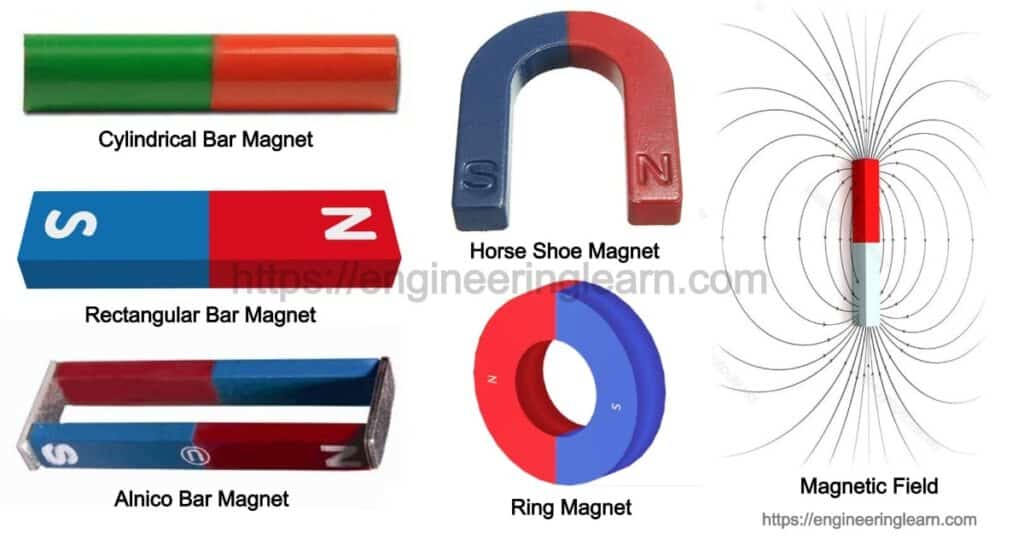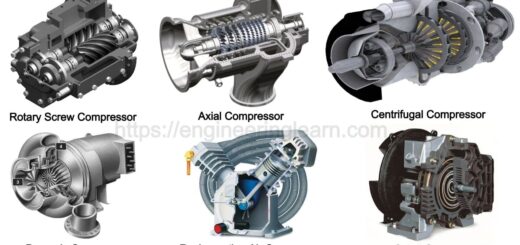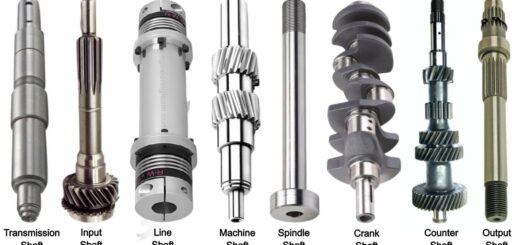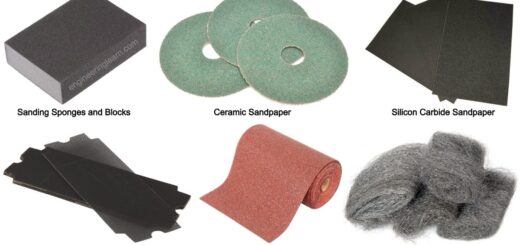Bar Magnet: Definition, Types, Properties, Uses, Field Lines (Magnetic Field)

What is Magnet?
Bar Magnet: Definition, Types, Properties, Uses, Field Lines (Magnetic Field) :- A magnet is any object which is capable of producing magnetic field outside itself and which attracts other ferromagnetic materials like iron, cobalt, nickel, copper, etc. This magnetic field produced is invisible but it is responsible for the most notable property of a magnet i.e. it attracts materials and attracts or repel other magnets.
Magnets can be ramified in different types on the basis of their shapes. For example bar magnets, horseshoe magnets, cylinder or disc magnets, drum magnets, etc.
Magnetism is thus an extremely interesting phenomenon. There are different types of natural and artificial magnets present. Of all these, the bar magnet has many diverse properties and types. Bar magnets finds its use in various industrial applications and are also used extensively in laboratories alongside educational fields.
Types of Magnet
Magnet is the only object which is capable of creating a magnetic field around itself. Magnets are primarily divided into two groups, namely, natural magnets and artificial magnets. The classification of magnets is done based on the procedure of the magnetism done, the ability to produce a magnetic field, and the capacity of a magnet to retain magnetic abilities.
1. Natural Magnet: ( Types of Magnet )
Magnets that are available in nature are called natural magnet. They possess relatively weak magnetic abilities and do not strongly attract ferrous materials. An important example of a naturally occurring magnet is a lodestone. In comparison to artificial or man-made magnets, natural magnets are much weaker.
2. Artificial Magnet: ( Types of Magnet )
Magnets produced by humans by applying scientific magnet-developing technologies are known as artificial magnets. Such human-made magnets have the ability to create a relatively stronger magnetic field. One can make artificial magnets in different shapes and sizes. A magnet, which is shaped in the form of a rectangular bar, is known as a bar magnet.
Introduction of Bar Magnet
A bar magnet is a rectangular piece of an object. It is a permanent magnet. It is made up of iron, steel or any other ferromagnetic substance or its composite having permanent magnetic properties. The magnet consists of two poles: a north and a south pole. When it is suspended freely, the magnet aligns itself so that its north pole points towards the magnetic north pole of the earth.
Properties of Bar Magnet
A bar magnet’s properties are mostly similar to those of a permanent magnet.
- It has a north pole and a south pole at two ends. Even if we break a bar magnet from the middle, both the pieces will still have a north pole and a south pole, no matter how many pieces we break it into.
- The magnetic force of it is the strongest at the pole.
- If this magnet is suspended freely in the air with a thread, it will not come to rest until the poles are aligned in a north-south magnetic position of earth. A Mariner’s Compass uses this property of orientation to determine the direction.
- If two bar magnets are placed close to each other, their unlike poles will attract and like poles will repel each other.
- A bar magnet will attract all ferromagnetic materials such as iron, nickel and cobalt
Magnetic Field Lines around a Bar Magnet
Let us understand the concept of magnetic field lines using the activity which is described below. On a sheet of paper, place a bar magnet and sprinkle iron fillings on the sheet of paper around the magnet so that the bar magnet appears to be in between. Now tap the paper, we will notice that the fillings get aligned in the form of many lines. The patterns formed by the iron filings show us the magnetic field lines that surround this bar magnet.
The magnetic field lines area set of imaginary lines that can be drawn along the magnetic field that is acting around any magnetic substance. The magnetic field lines possess certain properties. They are mentioned below.
- The magnetic field lines of a magnet form continuous closed loops.
- The tangent drawn to the field line at any point represents the direction of the net magnetic field B at that point.
- More is the number of field lines crossing per any defined unit area, the stronger is the magnitude of the magnetic field B.
- The magnetic field lines never intersects each other.
Uses of Bar Magnet
Following are the uses of bar magnets:
- Bar magnets are used as stirrers in laboratory for magnetic experiments.
- They also find applications in medical procedures.
- Electronic devices such as telephones, radios, and television sets use magnets.
- Many industries use bar magnets for the collection of loose metals and iron scrap and also for retaining magnetism of existing magnets.
Pole Strength of Magnet
Pole strength can be defined as the strength of the magnetic pole to attract magnetic materials towards itself. Pole strength is a scalar quantity.
SI Unit of Pole Strength
| SI unit | N.Tesla-1 |
| Dimensions | [LA] |
Formula of Pole Strength
The formula for calculating the pole strength is as follows:
P=WI Where,
- P is the Strength of the magnetic pole
- W is the work done while moving the magnet around the wire
- I is the electric current in the wire
Types of Bar Magnets
A rectangular magnet shaped in the form of a bar can be of two major types: a cylindrical bar magnet and a rectangular bar magnet. Both the bar magnet types can produce a strong magnetic field effectively.
1. Cylindrical Bar Magnet: ( Types of Bar Magnet )
The cylindrical bar magnet is also often known as a rod magnet as it looks like a cylindrical rod. The thickness of such a magnet is larger than its diameter, and thus, it has the ability to increase its magnetism. A cylindrical bar magnet is primarily used for educational, scientific research and experimental purposes.
2. Rectangular Bar Magnet: ( Types of Bar Magnet )
As per the name, a rectangular-shaped bar magnet, which has two poles and the ability to create a relatively strong magnetic field, is known as a rectangular bar magnet. Such a magnet is mainly used for product manufacturing purposes in all engineering sectors.
3. Alnico Bar Magnet: ( Types of Bar Magnet )
The primary components of Alnico magnets are aluminum, nickel, cobalt, and iron. These magnets produce a strong magnetic field and retain their magnetic property even when subjected to extreme heat.
4. Neodymium Bar Magnet: ( Types of Bar Magnet )
Neodymium bar magnets are made with a mixture of neodymium, boron, and iron. Despite being brittle, these magnets are incredibly powerful and capable of producing a stronger magnetic field.
3 & 4 are both extremely powerful magnets but very brittle in nature.
Image Source :- sciencephoto













